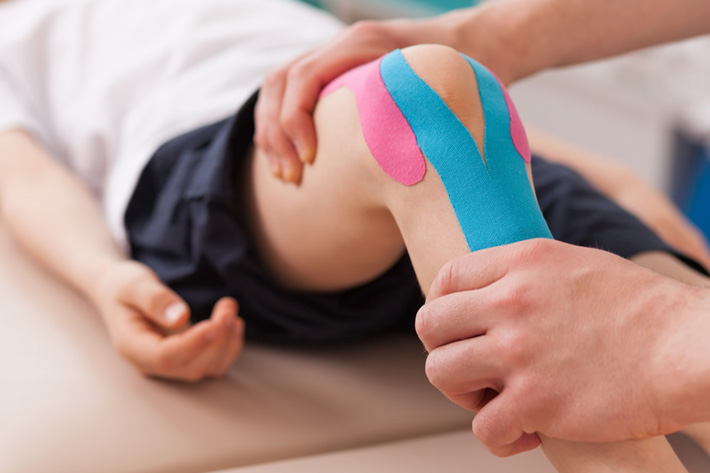Osgood-Schlatter disease, also known as Osgood-Schlatter syndrome, is a condition that primarily affects young adolescents who are going through a growth spurt. It is characterized by pain, swelling, and tenderness at the tibial tuberosity, which is the bony prominence located just below the kneecap.
The exact cause of Osgood-Schlatter disease is not fully understood, but it is believed to be related to repetitive stress or overuse of the quadriceps muscles, which causes traction on the immature tibial tuberosity. The condition is more common in physically active individuals, particularly those involved in sports that require running, jumping, or kicking.
When it comes to managing Osgood-Schlatter disease, there are several treatment options that can help alleviate symptoms and promote healing. Here are some common management strategies:
- Rest and activity modification: The first step in managing Osgood-Schlatter disease is to reduce or modify activities that exacerbate the symptoms. This may involve taking a break from sports or activities that place excessive stress on the knees until the pain and swelling subside.
- Pain relief: Over-the-counter nonsteroidal anti-inflammatory drugs (NSAIDs), such as ibuprofen or naproxen, can help reduce pain and inflammation. However, it is always advisable to consult with a healthcare professional, such as a doctor or pharmacist, before taking any medication.
- Ice therapy: Applying ice packs to the affected area for about 15-20 minutes at a time, several times a day, can help reduce pain and swelling. Be sure to wrap the ice pack in a towel to protect the skin.
- Physical therapy: Working with a physical therapist can be beneficial in managing Osgood-Schlatter disease. They can provide specific exercises to stretch and strengthen the muscles around the knee, which can help alleviate symptoms and prevent further injury.
- Knee bracing or taping: In some cases, wearing a knee brace or using athletic taping techniques may provide support and stability to the knee, reducing pain during activities.
- Gradual return to activity: Once the pain and swelling have subsided, it is important to gradually return to sports or activities. This should be done under the guidance of a healthcare professional or physical therapist to ensure a safe progression.
- Surgery (rare cases): In severe cases where conservative measures fail, surgical intervention may be considered. However, this is typically a last resort and is rarely necessary.
It’s important to note that Osgood-Schlatter disease is a self-limiting condition, meaning it usually resolves on its own once the affected individual completes their growth spurt and the tibial tuberosity matures. Most cases of Osgood-Schlatter disease improve with conservative management within a few months to a year.
If you or someone you know is experiencing symptoms of Osgood-Schlatter disease, it is recommended to consult with a healthcare professional, such as a pediatrician, orthopedic specialist, or sports medicine physician, for an accurate diagnosis and appropriate management plan.





